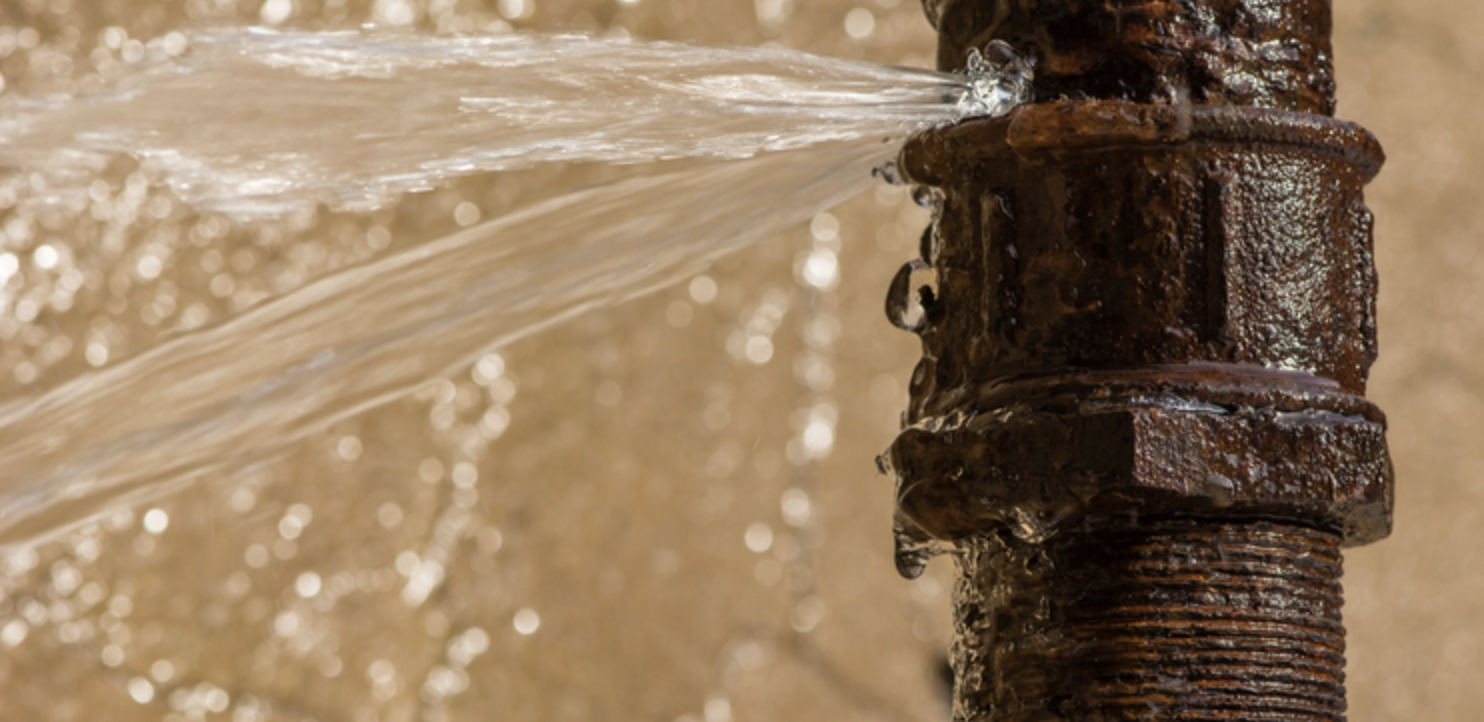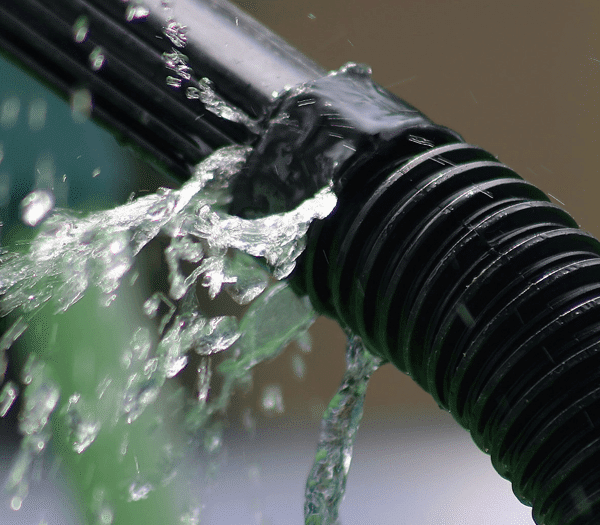Were you trying to locate resources on How to Prepare for Your Dishwasher Installation?

A ruptured pipeline is a significant emergency; you can just stand as you view water you pay a lot to rejoin with the earth. In even worse situations, you observe a swimming pool on your cooking area floor, which is a terrific journey risk, especially if you have children around. If the pipe that ruptured was in your walls, bad news: you might require to paint that entire section.
Just how can a calamity like a ruptured pipe be prevented and handled? Well, by listening to your professional emergency plumbings and following these rules.
Exactly how do I understand when my pipes have burst?
Changing water stress
Pipelines do not simply burst in a day. You might have seen that your kitchen area tap or shower does not run immediately when you turn the faucet. It may stop for a few secs and after that blast you with more pressure than common.
In other instances, the water may seem regular in the beginning, after that drop in stress after a couple of seconds.
Damp wall surfaces as well as water stains
Prior to a pipe bursts, it will leakage, most times. If this consistent leaking goes unnoticed, the leak may finish into a broad tear in your pipeline. One easy means to avoid this emergency is to look out for wet wall surfaces advertisement water discolorations. These water discolorations will lead you right to the leak.
Puddles under pipelines and sinks
When a pipeline bursts, the outflow forms a pool. It might show up that the puddle is growing in size, as well as regardless of the amount of times you wipe the puddle, in a couple of minutes, there's another one waiting to be cleaned up. Commonly, you might not have the ability to map the pool to any kind of visible pipelines. This is an indicator to call an expert plumber.
Untraceable leaking noises
Pipeline bursts can happen in the most unpleasant areas, like within concrete, inside walls, or under sinks. When your house goes silent, you may have the ability to hear an irritatingly consistent leaking noise. Even after you've inspected your shower head as well as kitchen faucet, the dripping might proceed.
Dear reader, the dripping may be coming from a pipe inside your walls. There isn't much you can do regarding that, other than inform an expert plumber.
Shut off the Water
When water freezes, it increases in volume by regarding 9 percent. As well as it broadens with tremendous force: The stress inside pipes might go from 40 extra pounds per square inch to 40,000 psi! No pipeline can hold that much pressure, so it bursts. The break may occur where the ice types, however regularly, it takes place where water pressure finds a weak spot in the pipe. That may be inches or even feet from the frozen location. Find the water shutoff valve and also turn off the water to stop even more damage. You might likewise need to turn off the power as well, relying on where the leaks occurs as well as just how large it is.
Infected water
Many individuals think a ruptured pipeline is a one-way outlet. Quite the contrary. As water spurts of the hole or wound in your plumbing system, impurities discover their way in.
Your water may be polluted from the resource, so if you can, check if your water storage tank has any type of issues. Nevertheless, if your drinking water is supplied and detoxified by the local government, you ought to call your plumber right away if you see or smell anything amusing in your water.
What do I do when I detect a burst pipe?
Your water meter will continue to run even while your water wastes. To decrease your losses, find the primary controls and turn the supply off. The water pipe are an above-ground framework beside your home.
How to Fix & Detect a Leaking Pipe
How Do I Know if a Pipe is Leaking?
Leak detection tests can help you determine if your pipe has a leak. Even if you don’t see an apparent leak, you should still conduct leak detection tests regularly to save water and money—and prevent major damage to your home.
Water meter. It can be helpful to figure out what your usual water meter usage numbers are and then monitor them regularly. To monitor your meter, first, turn off all water faucets in your home. Check the meter and write down the numbers. In a few hours, check the meter again. If the numbers have changed, you have a leak. Water gauge. Use a water gauge to test your water pressure. Your showerhead should produce a certain amount of water pressure based on its model and design. If the pressure is lower than it is supposed to be for that specific showerhead, your home likely has a leak. Puddles. Look inside your bathroom, laundry, and kitchen sink cabinets. Puddles around the cabinets or around toilets, tubs, showers, and washing machines indicate the presence of a leaking pipe. You may also notice loose tiles, peeling or flaking paint, or mold caused by water accumulation. Napkin test. Even if you don’t see any puddles, you may still have a leak. You can test for water leaks in the bathroom, laundry, and kitchen by wiping below-sink connections with a napkin, paper towel, or piece of toilet paper. If it becomes damp, you probably have a leaking pipe under the sink. Discolored walls. Walls that are discolored—usually with brown or yellow stains—or bulging might mean that they have been impacted by water damage caused by a leaking pipe. Smell. A leaky pipe will create sitting water, and over time, that water may develop a musty smell. If your home smells musty, but you can’t locate the source, it may be due to a leak. Steps for Fixing a Leaking Pipe
A leaky drain can be remedied by tightening the pipe base, replacing the drain seal, caulking the rim, and tightening the pipe nut. Similarly, a leaking toilet pipe can be treated by tightening the packing nut. You may also need to replace the valve. A leaky faucet may just need tightening or replacement of the washers. If that doesn’t work, consider replacing your faucet. If your pipe has a hole in it, you may want to use a pipe leak sealer or pipe leak tape. This quick fix for water pipe leaks can also temporarily fix a copper pipe leak. https://www.ahs.com/home-matters/quick-tips/how-to-tell-if-pipes-are-leaking/

Do you really like reading about How to install a dishwasher safely? Try leaving a comment further down. We'd be interested to find out your ideas about this entry. We are looking forward that you come back again later on. Enjoyed reading our write-up? Please share it. Help other people discover it. We thank you for reading our article about How to Prepare for Your Dishwasher Installation.
Resolve plumbing disruptions with experts.